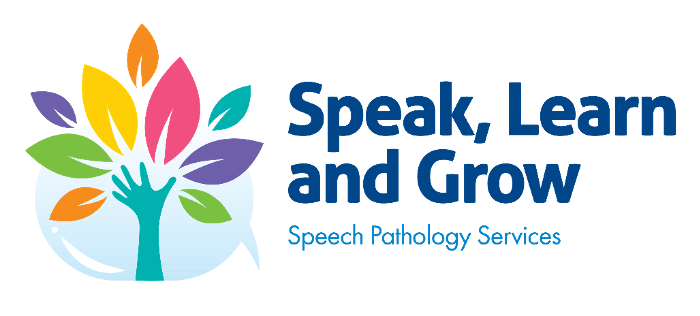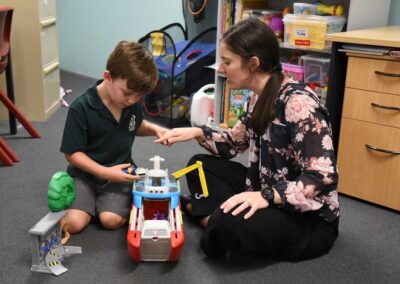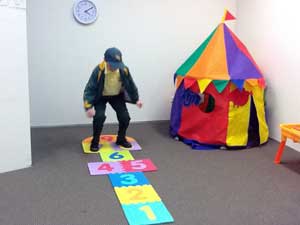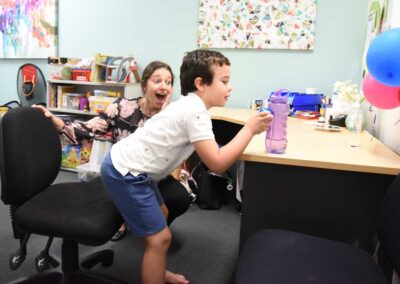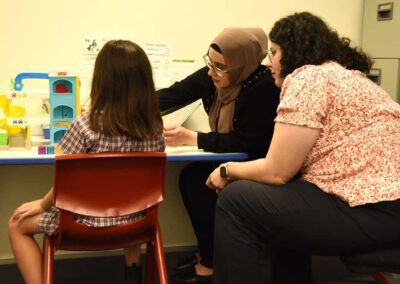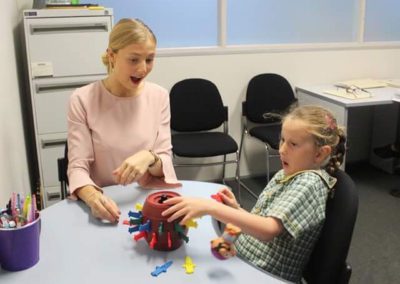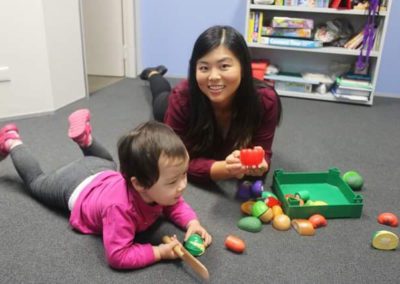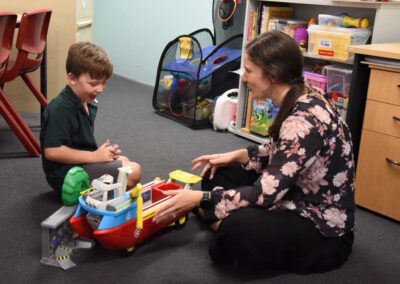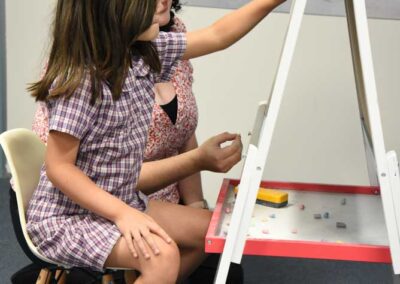Preparing your child to learn to read

One of the greatest gifts you can give your child is a love for reading. As they embark on this exciting journey into the world of words, there are several foundational skills you can nurture to set them up for reading success. This blog will share some valuable ways to help your child get ready to read. These are skills that you can practice while driving in the car, sitting in a waiting room or during book reading time before bed.
1. Syllabification: Break it down! Encourage your child to recognise syllables in words. Clapping or tapping out syllables in familiar words (like ba-na-na or e-le-phant) can make this both fun and educational. It helps them understand the basic building blocks of words and teaches them to break a longer word down into smaller parts. This is an essential skill when reading, as a child needs to be able to identify the syllables in longer words in order to work it out. Find pictures of longer words (3 or 4 syllables) or say a word and ask your child to clap or tap out the beats (syllables) in the word.
2. Rhyming Skills: Rhymes aren’t just fun; they’re fundamental to reading. Engage your child in rhyming games, songs, and stories. Dr. Seuss books are full of rhymes and shows like Sesame Street or Word World regularly teach rhyming. Play with words that sound alike (sun, fun, one) and make up rhymes for the names of people you know (e.g. Jon-Bon, Connor-Nonnor, Vivienne-Tivienne) to develop their ear for rhymes. This skill lays the groundwork for recognising sound patterns in words, a key aspect of reading.
3. Blending Sounds: Practice makes perfect! Encourage your child to blend individual sounds together to form words. Start with simple consonant-vowel-consonant words (e.g. c-a-t) and gradually move to more complex combinations. Learning to blend sounds together to form a word is the essence of reading. The better your child is at doing this, the easier reading will be for them. However, a word of caution: it’s essential that you say the letter sounds and not the letter names when you do this as it’s the sounds that make up the word (not the letter names!). If you’re unsure of the difference, it’s best not to practice this skill.
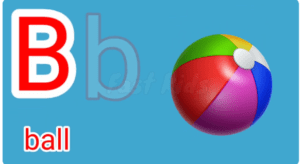 4. Identifying Beginning and End Sounds: Listen for sounds! Engage your child in activities where they identify the first sound in words. For instance, you can play games like “I Spy” where they guess words based on initial sounds (e.g. “I spy something that starts with ‘b’ – it’s a ball!”). Again, remember to talk about SOUNDS and not the letter name. Once your child has mastered this, try listening for sounds at the end of a word (e.g. “Can you guess an animal that is very small and has a ‘s’ sound at the end? Yes, it’s a mouse!”).
4. Identifying Beginning and End Sounds: Listen for sounds! Engage your child in activities where they identify the first sound in words. For instance, you can play games like “I Spy” where they guess words based on initial sounds (e.g. “I spy something that starts with ‘b’ – it’s a ball!”). Again, remember to talk about SOUNDS and not the letter name. Once your child has mastered this, try listening for sounds at the end of a word (e.g. “Can you guess an animal that is very small and has a ‘s’ sound at the end? Yes, it’s a mouse!”).
5.Learning Letter-Sound Correspondence: It’s all about letters and 
the sounds they make! Introduce letters and their sounds through games, songs or alphabet books. Again, it’s vital to teal the SOUND rather than the letter name (e.g. s = ‘sss’ rather than ‘ess’). Use magnetic letters or alphabet puzzles to make learning hands-on and enjoyable. Look for letters around you in signs, notices or flyers. Talk about the sounds of the letters in your child’s name. You can also watch shows like Alphablocks, Jolly Phonics and Letterland to expose your child to letters and their sounds.
By nurturing these foundational skills, you’re laying a robust groundwork for your child’s reading journey. Remember, every child learns at their own pace. Encourage their efforts and make learning a playful adventure. Reading together daily, playing sound games and looking for letters around you will build essential skills and foster
a positive attitude towards reading. Your involvement and support play a pivotal role in shaping their love for literacy.


